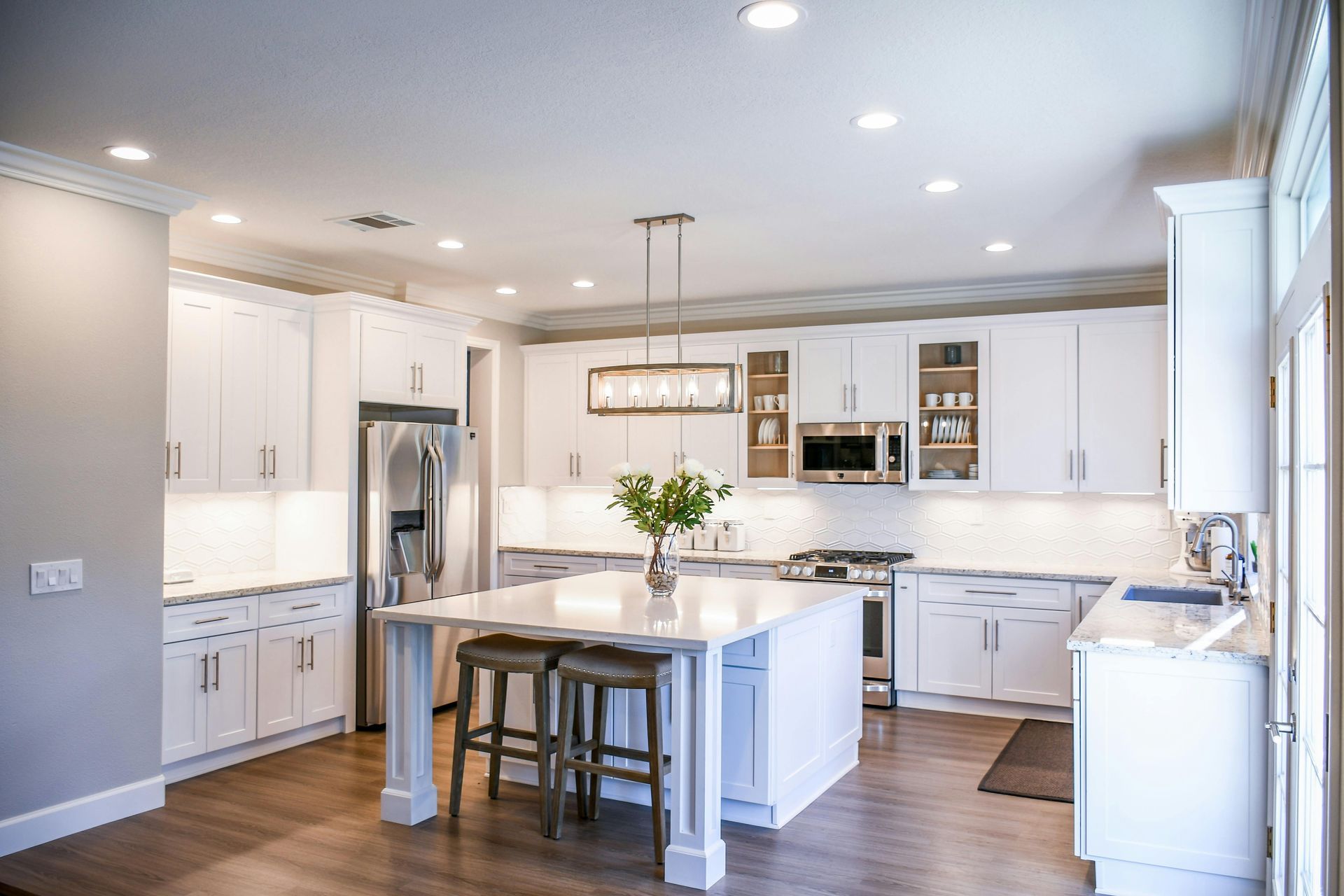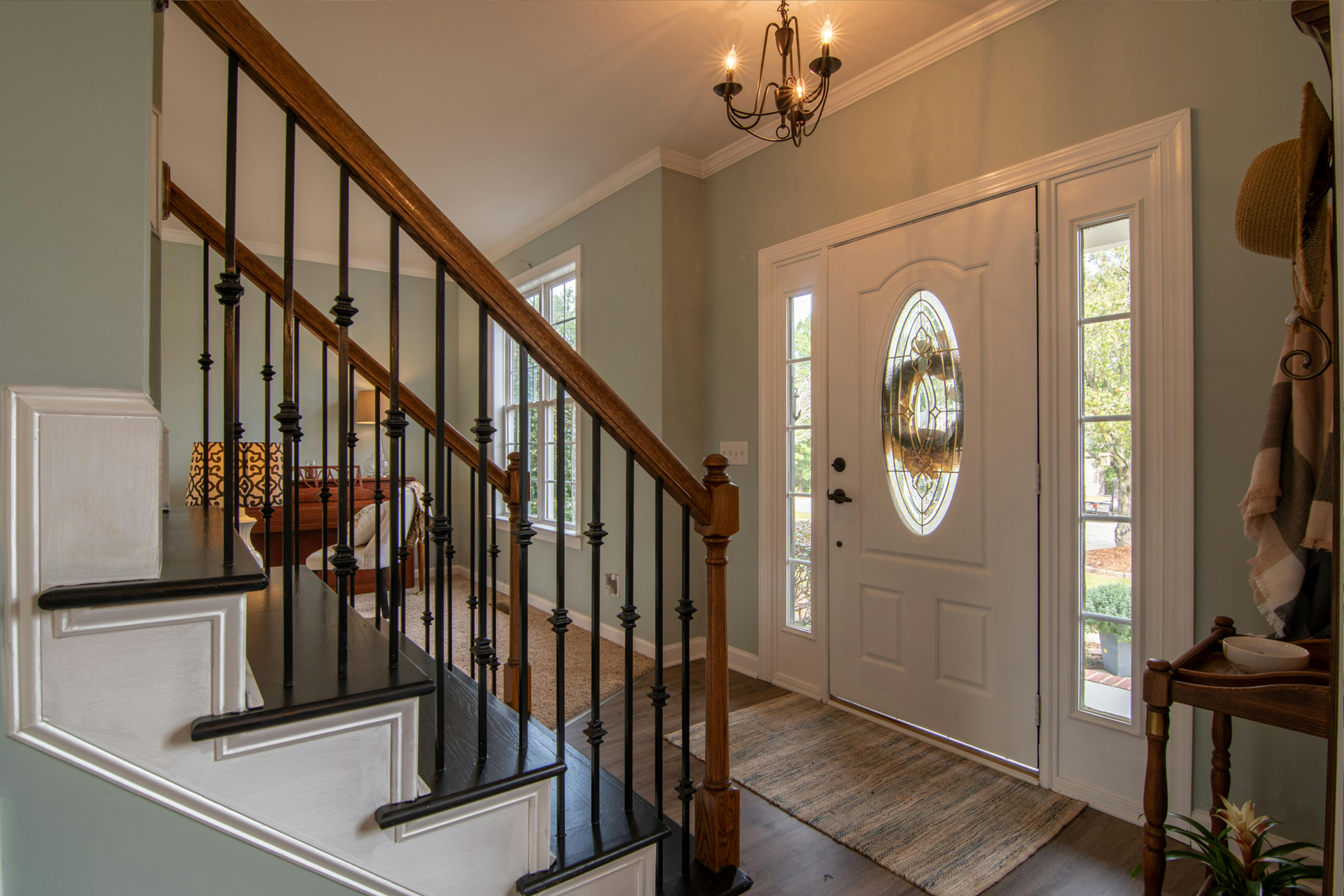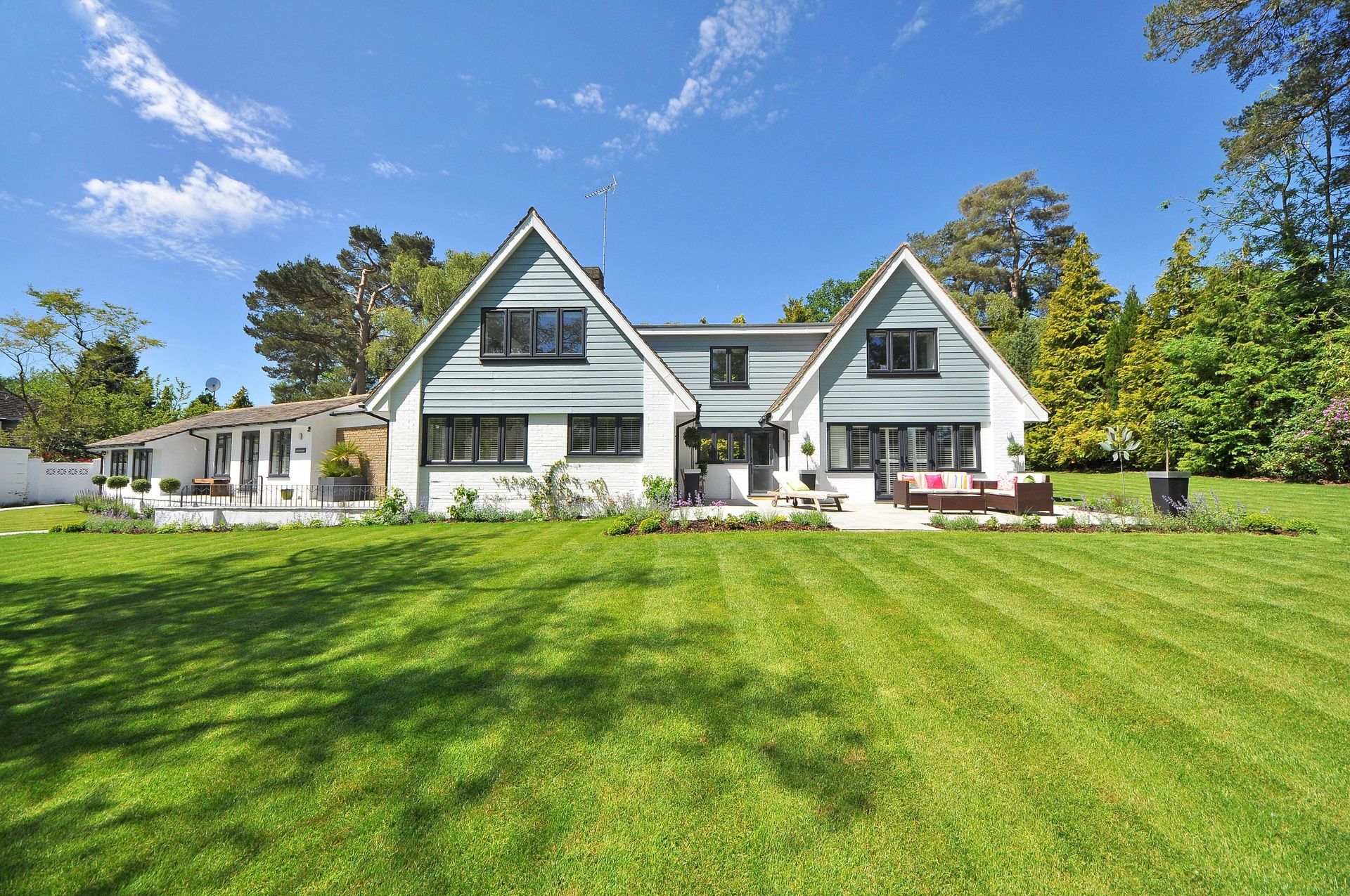How to Prepare for Selling and Buying a Home at the Same Time
Salomon Chong • August 25, 2020
If you’ve purchased a home before, then you’re familiar with the investment of time and money that goes along with it. The prospect of moving into a new home can be even more exciting as you upgrade to a bigger house or a new neighborhood, this time with experience.
The process can be a bit more complex, though, since you’ll likely be selling your old home and buying your new home at the same time.
To ensure that the process goes as smoothly as possible, we’ll lay out some key considerations and outline several potential approaches for buying and selling a home simultaneously.
Buyers & Sellers: Evaluating the Local Housing Market
The condition of the real estate market(s) in your location is the biggest factor when timing your sale/purchase process. Knowing whether it’s a buyers’ market or a sellers’ market allows you to optimize your process:
- A buyers’ market has more homes available than those who’re looking to buy. This means finding a new house will be easier than selling your old one.
- With a sellers’ market, a surplus of buyers means fewer homes are available. This gives sellers the upper hand.
An experienced local estate agent can help you evaluate the market, determine your home’s market value, and advise you about timing, strategy, and negotiation.
Understanding Your Numbers
Now that you’ve evaluated the market, do a realistic review of your financial situation to understand how it will affect your options. Get solid numbers for:
Your home’s likely resale value – Get a pre-inspection so you can estimate your home’s resale value. A pre-inspection lets you know how much repair work should go into your home before you sell, what concessions you’ll need to make, and which repairs the buyer can cover.
The amount of equity you have in your home – Before you sell your current home with a mortgage, find out exactly how much equity you already have. Equity is the amount left over when you take the current market value of your home and deduct what’s remaining on your mortgage. See if you can purchase your new home without tapping into said equity, as it won’t be accessible until after the sale closes.
Other relevant factors to consider include how much liquid cash you have and which loan products you qualify for. A professional such as a mortgage lender or financial planner can walk you through that process.
Explore Your Options for Selling & Buying a Home at the Same Time
Option #1: Buy a New Home First, Then Sell Your Old Home
Buying a home first may be a safe option if you can afford two properties at once. This requires qualification from a lender, which means providing evidence you’ve got the means to afford both houses. For example, you may need to show that you have six months’ worth of payments in the bank. You’ll also need enough to cover your down payment and closing costs.
(Further reading: The Hidden Costs Of Buying A Home)
Once you have your new home, you can put your old one on the market. If you’re currently in a buyers’ market and your home takes longer to sell, you can still rent it out until you find a suitable buyer. Plus, if you choose to do so, you can use the proceeds of your home sale to to do what’s called a “mortgage recast.”
With a mortgage recast, you make a large lump-sum payment which is applied toward the principal balance of your mortgage. Your lender than re-amortizes the loan, which reduces your monthly payments. Best of all, the fee for doing this is usually only a couple hundred dollars at most, so it’s well worth it if you have a large sum of cash available.
Option #2: Make an Offer with a Sale Contingency
With this scenario, you’ll want to find a new home before listing the old one. When you find a house you want, you’ll need to work with an agent to submit the offer along with a sale and settlement contingency. This means you’ll buy the house, provided you are able to sell your current home.
While this may seem ideal, an offer with a sale contingency means that the sellers of your new home can still seek other offers. And, having this contingency makes your offer less competitive because there’s more risk to the seller that the deal will fall through.
This approach is riskier in a sellers’ market, but good for a buyers’ market since the seller is less likely to get another offer.
Option #3: Ask for an Extended Closing
If you already know that you’re in a sellers’ market, you can most likely count on selling your current home within a short period of time. Based on that, you can request to extend the closing date of your new home past the standard 30-45 days. Then use this extra time to sell your current home and use the equity to purchase a new one. Much like with a sale contingency, you’re more likely to have success in a buyers’ market.
Option #4: Get a Bridge Loan
If the first three options don’t work for you, a Bridge Loan can help to fill the funding gap between your new home purchase and old home sale. Visit the product page HERE to find out more.
Explore Your Options with a Free Consultation
Selling and buying a home at the same time can be a complicated process. The good news is that you don’t have to go at it alone. For extra help and insight, speak with a Mortgage Consultant now at (888) 273-8734 or Schedule a Consultation.










